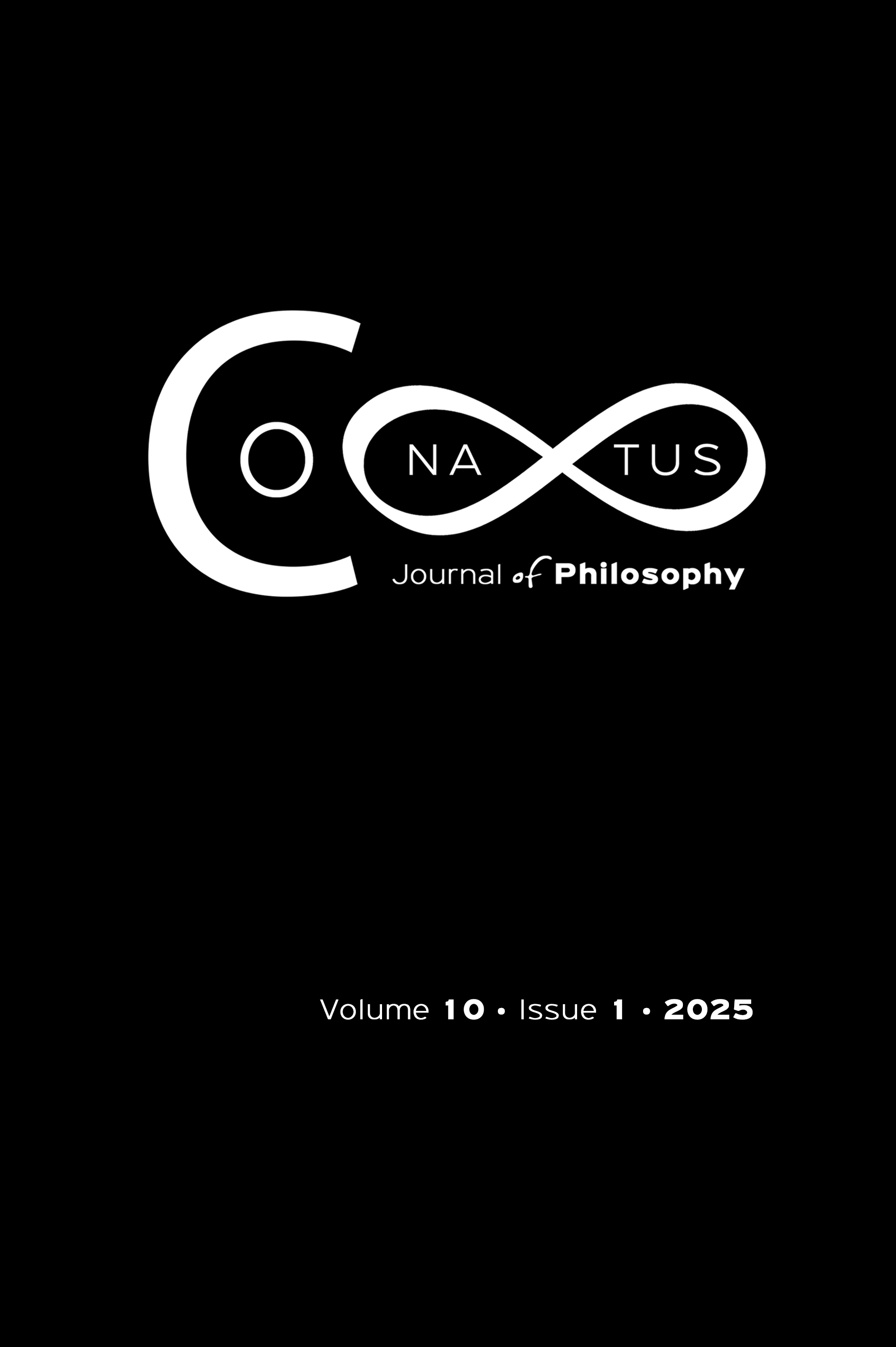Robo-Eroticism: Designing Desire via Creativity in Sexual Robots
Résumé
In this article, I argue that the integration of creativity into the development of sexual robots is a vital and indispensable factor for their widespread acceptance and functionality. I contend that creativity serves as a linchpin in the realization of fully functional sexual robots. To substantiate this assertion, I present four key stages. In the first stage, I offer an in-depth analysis of the contemporary state-of-the-art in sexual robots, encompassing both their current practical implementations and the theoretical foundations that underpin them. The second stage delves into the intricate connection between sexuality and creativity, drawing on diverse case scenarios that exemplify the interdependence of these domains as a condition of possibility. The third stage underscores the paramount importance of creativity in the design and development of sexual robots, elucidating its strategic role in securing broad societal acceptance. In the fourth and final stage, I discuss the imperative need to establish a new interdisciplinary field of study, which I propose to term “Robo-Eroticism.” This domain promises to comprehensively explore the fusion of technology and human sexuality from a creative perspective. By traversing these four stages, this article unveils the pivotal role of creativity in shaping the future evolution of sexual robots.
Article Details
- Comment citer
-
Harillo Pla, A. (2025). Robo-Eroticism: Designing Desire via Creativity in Sexual Robots. Conatus - Journal of Philosophy, 10(1), 153–163. https://doi.org/10.12681/cjp.37227
- Rubrique
- Articles

Ce travail est disponible sous licence Creative Commons Attribution - Pas d’Utilisation Commerciale 4.0 International.
Authors who publish with this journal agree to the following terms:
Authors retain copyright and grant the journal right of first publication with the work simultaneously licensed under a Creative Commons Attribution Non-Commercial International License (CC BY-NC 4.0) that allows others to share the work with an acknowledgement of the work's authorship and initial publication in this journal.
Authors are able to enter into separate, additional contractual arrangements for the non-exclusive distribution of the journal's published version of the work (e.g. post it to an institutional repository or publish it in a book), with an acknowledgement of its initial publication in this journal.
Authors are permitted and encouraged to post their work online (preferably in institutional repositories or on their website) prior to and during the submission process, as it can lead to productive exchanges, as well as earlier and greater citation of published work.






